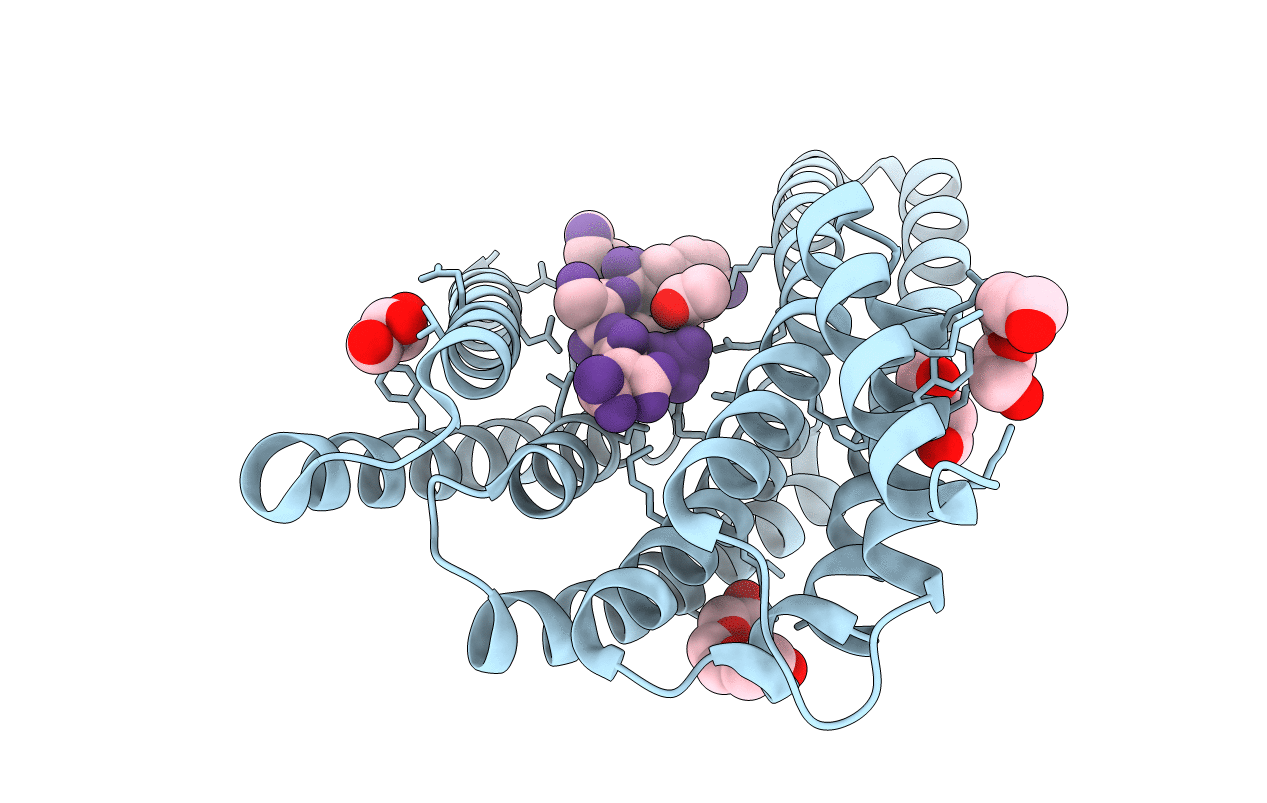
Deposition Date
2017-05-06
Release Date
2017-11-22
Last Version Date
2024-11-20
Entry Detail
Biological Source:
Source Organism:
Nicotiana tabacum (Taxon ID: 4097)
Arabidopsis thaliana (Taxon ID: 3702)
Arabidopsis thaliana (Taxon ID: 3702)
Host Organism:
Method Details:
Experimental Method:
Resolution:
2.07 Å
R-Value Free:
0.24
R-Value Work:
0.19
R-Value Observed:
0.19
Space Group:
P 65 2 2


